Version 1, October 2024
AECO Dictionary
Industry terminology and definitions

Why an AECO dictionary?
This dictionary is designed to help navigate the terminology and concepts within our organization and the wider expedition cruise industry.
Whether you are a new employee, a seasoned team member, or an AECO member, this dictionary serves as a reference to clarify terms that you may encounter in your work.
As the industry evolves, so will this dictionary, and we welcome contributions in keeping it accurate and comprehensive. If you miss a term or have a suggestion for improvement, we encourage you to share this with us.
AECO
Terms and definitions specific to AECO and the Arctic expedition cruise industry.
AECO Organization
• AECO: the Association of Arctic Expedition Cruise Operators
• AGM: Annual General Meeting
• EC: Executive Committee
• ED: Executive Director
• NC: Nomination Committee
• BC: Bylaws Committee
• CDRC: Compliance and Dispute Resolution Committee
• MEC/MC: Membership Committee
• FOC: Field Operations Committee
• MOC: Maritime Operations Committee
• CEC: Community Engagement Committee
• ESC: Environmental Stewardship Committee
• KC: Knowledge Committee Events
• AECW: Arctic Expedition Cruise Week
• ACC: Arctic Cruise Conference
• AGM: Annual General Meeting
• MtD: Meet the Destinations
• MP: Market Place
• FSC: Field Staff Conference
• JASE: Joint Arctic SAR Event
Projects, programs and focus areas
• Clean Seas: An AECO project aimed at reducing single-use plastics, enhancing guest participation in beach cleanups, sharing best practices, and collaborating with scientists.
• Community Engagement (CE): Activities and initiatives aimed at benefiting local communities and the collaborations between the cruise industry and the local communities.
• Knowledge base for guides: A project that aims to enhance the expertise of guides and give them resources to educate visitors and promote environmentally responsible actions during expedition cruising.
• MIA: Made in the Arctic: A project to increase awareness among operators and guests about local products and culture. Information about producers in AECO’s operational area is shared with members to facilitate connections/purchases. from local producers.
• Joint Arctic Destination Arena (JADA): Trough a Memorandum of Understanding, local stakeholders and AECO has agreed to join forces in ensuring sustainable tourism in the Arctic through dialogue and cooperation.
• Joint Arctic Destination Arena (JASA): A platform for Arctic SAR stakeholders to work together more effectively, sharing resources and knowledge to enhance maritime safety.
Guidelines and resources
• CDB: AECO Cruise Database and scheduler
• O-VRAT: AECO’s Off-vessel Risk Assessment Tool
• FSOA: Field Staff Online Assessment related to regulations, AECO and AECO’s guidelines for expedition leaders and guides.
• MOA: Mariners Online Assessment related to regulations, AECO and AECO guidelines for expedition leaders and guides.
• Community Specific Guidelines: Guidelines tailored to specific communities.
• Site Specific Guidelines: Guidelines tailored for specific communities.
• Research Station Specific Guidelines: Guidelines tailored to specific research stations.
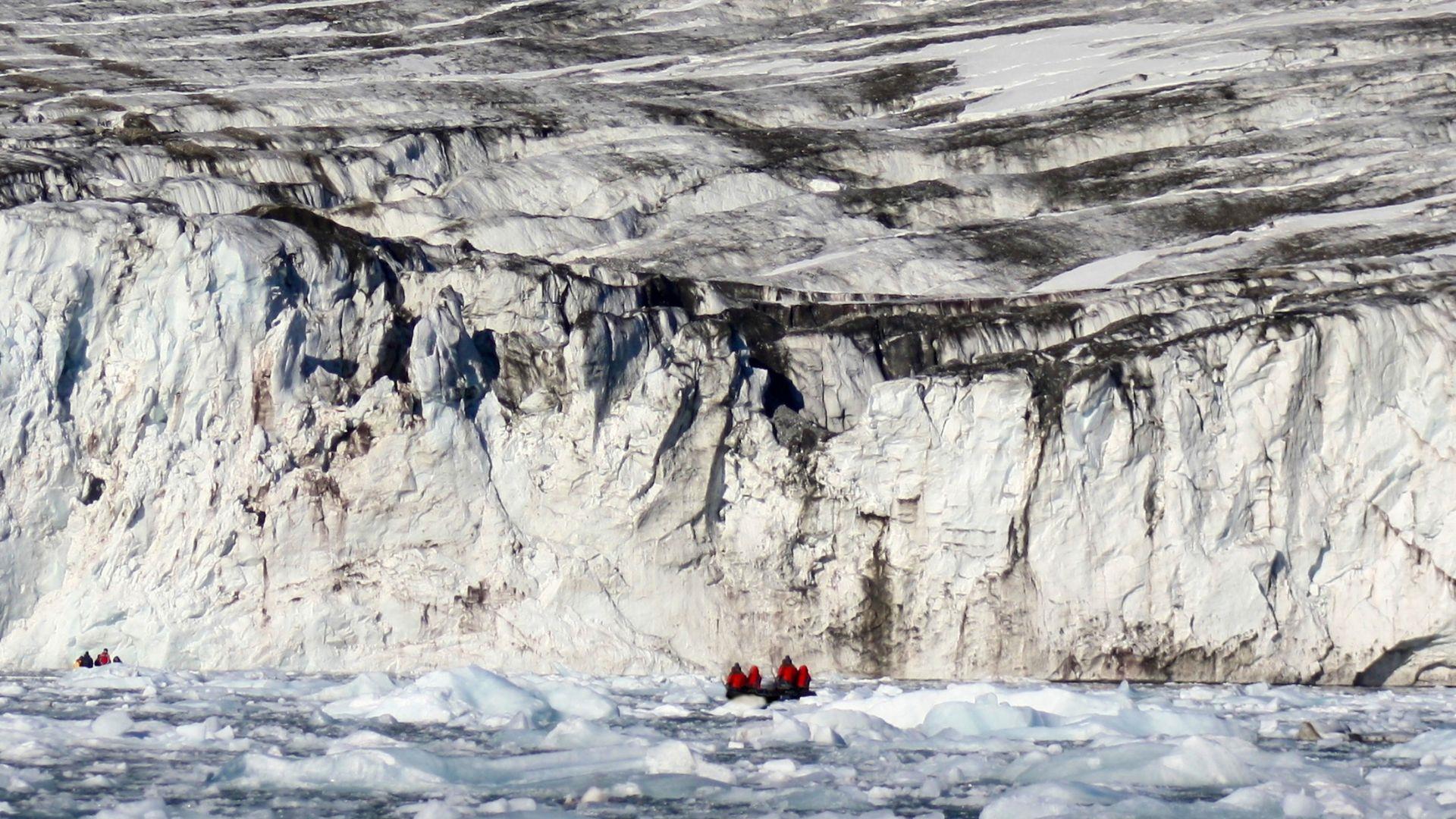
Industry and Destinations
Abbreviations and terms related to cruise industry- and destination management organizations.
• WTO: World Tourism Organization
• CLIA: Cruise Liners International Association
• IAATO: International Association of Antarctica Tour Operators
• ATTA: Adventure Travel Trade Association
• CN: Cruise Norway
• CNNS: Cruise Northern Norway and Svalbard
• Cruise Iceland
• Visit Svalbard: Destination management organization
• Visit Greenland: Self-rule government agency responsible for tourism
• Destination Nunavut: Destination Marketing Organization
• Travel Nunavut: Travel industry advocacy association.
Expedition Cruise Operations
Terms and definitions related to operations
• Expedition Cruising: A specialized form of cruising that emphasizes adventure, exploration, and educational experiences.
• Expedition Cruise Operation: Operations related to expedition cruising.
• Expedition Cruise Operator: Company operating expedition cruise operations.
• Expedition Department: Department responsible for organizing and managing expedition activities.
• Expedition Leader (EL): The person in charge of organizing and leading expedition activities.
• Assistant Expedition Leader (AEL): An individual assisting the expedition leader in managing expedition activities.
• Expedition Staff: Staff assisting the expedition leader, including guides and lecturers.
• Field Staff: The team of specialists who accompany passengers on excursions during cruises.
• Lecturer: Individual onboard a cruise ship providing educational presentations to passengers.
Vessel Operations and Crew Management
Terms and definitions related to operations and management
Vessel, Navigation and Operations
• Alongside: Position of a ship when moored next to a pier or quay.
• Anchor Windlass: Mechanical device for raising and lowering the anchor.
• Berth (Harbor): Location at a port for a ship to moor for loading or unloading.
• Berth (Cabin): Sleeping accommodation onboard a ship or boat. Berths may be arranged as bunk beds or single/double beds.
• Bridge: The navigational control center of a ship.
• Bridge Management System (BMS): A system used on ships to ensure proper operation of the vessel through automated and manual controls.
• Bow Thruster: A propulsion device located at the front of the vessel to assist in maneuvering.
• Circumnavigation: Sailing or traveling all the way around an island or archipelago.
• Clearance (Ship Clearance): Formal authorization allowing a ship to enter or leave a port.
• Dynamic Positioning System (DPS): A computerized system used by ships to automatically maintain their position and heading by using thrusters.
• Draft: The vertical distance between the waterline and the deepest part of a ship's hull.
• First Port of Call: The first destination visited on a cruise itinerary.
• Scrubber: Equipment for cleaning ship emissions by removing harmful substances.
• Single Screw Vessel: A ship equipped with a single screw propeller for propulsion.
• Twin Screw Vessel: A ship equipped with two screw propellers for propulsion.
• Tender Boat: Small boat transporting passengers and supplies between ship and shore.
• Transit Call: A brief stop at a port without disembarking passengers.
• Tides: The periodic rise and fall of sea levels due to gravitational forces.
• Wake: The track of disturbed water left behind by a vessel.
• Zodiac: Small inflatable boats typically used in expeditions.
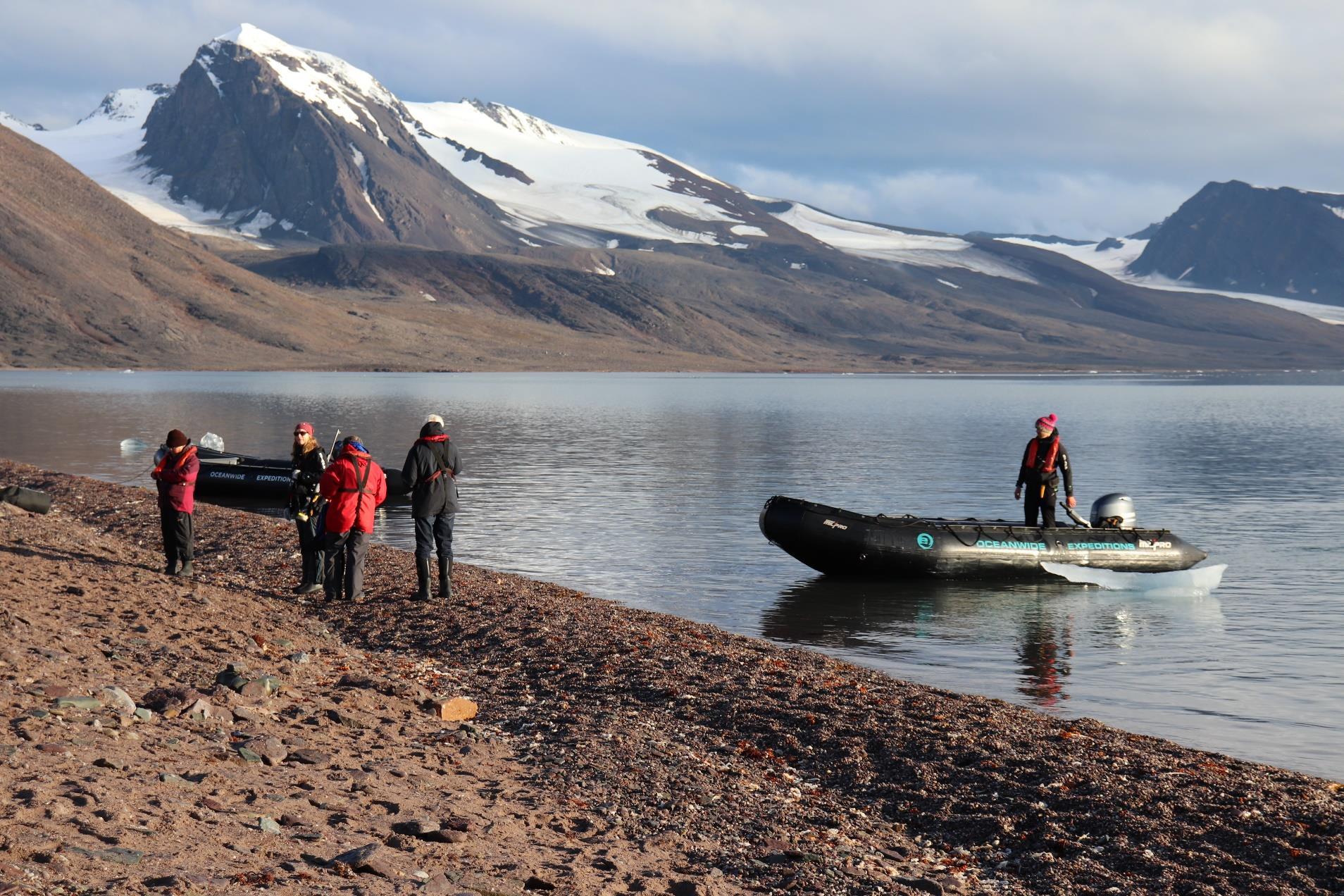
Crew Roles and Responsibilities
• Captain: The person in command of a ship, also referred to as Master.
• Chief Engineer: Senior engineer responsible for managing the engineering department.
• Chief Officer: The second in command after the captain, responsible for the ship’s crew.
• Crew: The people working on a ship, listed on the crew list.
• Crew Change: The process of replacing crew members.
• Deckhand: Rank on board responsible for navigational watch duties.
• Cruise Director: Person responsible for organizing onboard entertainment and activities.
• Cruise Management Company: Company responsible for managing and operating cruise ships.
• Cruise Operators: A company that operates and organizes cruise vacations.
• Cruise Ship Operator: Company that owns and operates cruise ships.
• Harbor Master: Maritime professional managing port safety and operations.
• Hotel Department: Department responsible for onboard accommodations and services.
• Hotel Manager: Officer responsible for managing the hotel department on a
• Pilot: A mariner with local knowledge assisting in ship navigation.
• Purser: Officer responsible for handling money and accounts on a ship.
Shore Operations and Logistics
• DPA: Dedicated person ashore
• Operator Head Office: The main office of a cruise operator.
• Port Agent: A representative assisting ships and crews at ports of call.
• Port Booking: The arrangement of dock space for a ship.
• Ship Chandler: Supplier of goods and services to ships.
• Shorex Provider: Company providing shore excursions to cruise passengers.
Safety and Security
• Emergency (Distress) Beacon: A portable battery powered radio transmitter, used to vessels, and persons in distress and in need of immediate rescue.
• Floatation Suit: Protective clothing providing insulation and buoyancy in emergencies.
• GMDSS: Global Maritime Distress Safety System, international standards for nautical telecommunication.
• HF radio: Also called short wave radio is a type of radio used for voice communication over long distances.
• Immersion Suit: Specialized protective clothing providing thermal insulation in emergencies at sea.
• ISPS: International Ship and Port Facility Security Code for enhancing ship and port security.
• Immigration: The process of entering or leaving a country, including passport checks.
• LITR: Long range identification system. Global satellite-based system used to track and identifying vessels.
• MRCC: Maritime Rescue Coordination Center.
• Port State Control: System for inspecting foreign ships to ensure regulatory compliance.
• SAR: Search and Rescue.
• SMS: (Safety Management System) A system to ensure that commercial vessels are maintained and operated safely to prevent maritime accidents and protect the marine environment
• SOP: (Safe Operational Plan) A safety management system that covers smaller commercially operated specialist vessels and their operations.
• JRCC: Joint Rescue Coordination Center, a maritime and aviation rescue coordination authority responsible for coordinating SAR services in Arctic regions like Norway.
• RCC: Rescue Coordination Center, an organization that coordinates search and rescue operations, often referring to national SAR operations in various countries, such as Canada or Iceland.
• VHF radio: a worldwide system of two-way radio transceivers on ships used for bidirectional voice communication from ship-to-ship or ship-toshore.
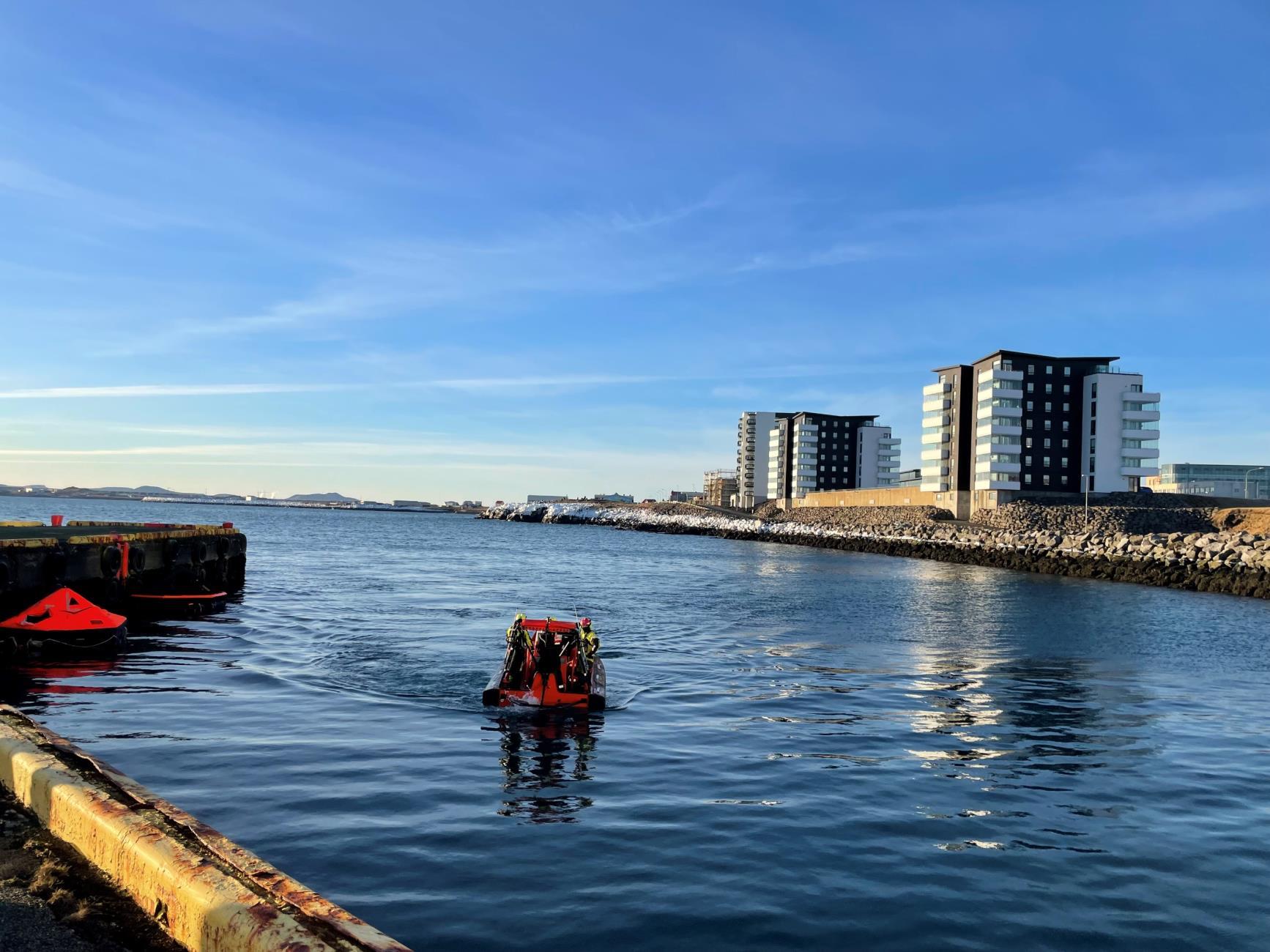
Environment and Geography
Environmental and geographical terms regarding polar cruising.
• Bergy Bit: A small fragment of a larger iceberg.
• Current: The continuous directional movement of water in oceans, seas, or rivers.
• Fast Ice: Sea ice that is "fastened" to the coastline or ocean floor, remaining stationary as opposed to drifting ice.
• Growler: A small piece of floating ice barely visible above the water surface.
• Iceberg: A large piece of ice floating in the ocean.
• Ice Floe: A flat, floating piece of sea ice.
• Leads: Openings in sea ice that allow the passage of ships.
• Marine Protected Area (MPA): Protected areas of the world's seas, oceans, and lakes that restrict human activity for a conservation purpose, typically to protect natural or cultural resources
• Multiyear Ice: Ice that has survived at least one summer melt season and is thicker than first-year ice.
• Pack Ice: Large masses of floating sea ice that drift with ocean currents.
• Polynya: An area of open water surrounded by sea ice, often created by winds or ocean currents.
• Reef: A rock formation near the water surface.
• Shoal: A shallow area of water characterized by sandbanks or coral reefs.
• Virkon: Multipurpose disinfectant used on ships for cleaning hazardous materials.
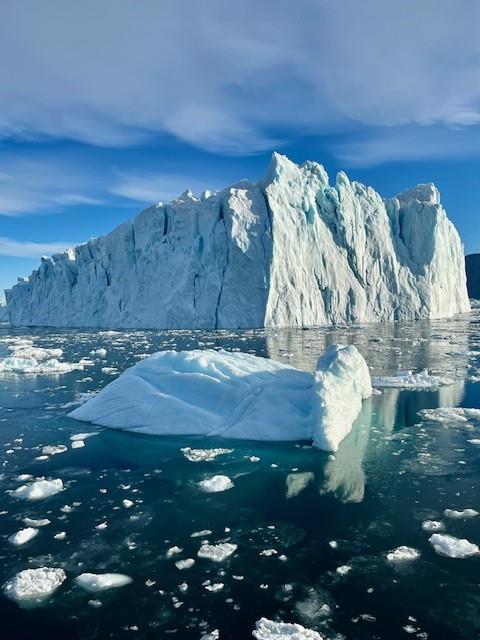
Organizations, Regulatory Bodies, and Advisory Groups
Terms and definitions of international, national, and regional organizations, key conventions and standards.
Organizations
• IMO: International Maritime Organization, a UN agency responsible for the safety, security, and environmental performance of international shipping.
• IHO: International Hydrographic Organization, responsible for ensuring that the world's seas, oceans, and navigable waters are properly surveyed and charted.
• Arctic Council: A high-level intergovernmental forum that promotes cooperation, coordination, and interaction among Arctic States, particularly regarding sustainable development and environmental protection.
o EPPR (Emergency Prevention, Preparedness, and Response): A working group of the Arctic Council focused on protecting the Arctic environment by addressing accidents and emergency response.
o AMAP (Arctic Monitoring and Assessment Program): A working group of the Arctic Council focused on measuring and monitoring pollutants and climate change effects on ecosystems and human health.
o PAME (Protection of the Arctic Marine Environment): A working group of the Arctic Council focused on the protection and sustainable use of the marine environment.
Conventions and Standards
• MARPOL: The International Convention for the Prevention of Pollution from Ships, which seeks to minimize marine pollution from vessels due to operational or accidental causes.
• Polar Code: A mandatory international code for ships operating in polar waters, established by the IMO to address safety and environmental protection in Arctic and Antarctic waters.
• SAR Convention: The International Convention on Maritime Search and Rescue, an agreement aimed at developing an international plan for search and rescue operations.
• SOLAS: The International Convention for the Safety of Life at Sea, a key maritime safety treaty that sets minimum safety standards for ships.
• STCW: The International Convention on Standards of Training, Certification, and Watchkeeping for Seafarers, a treaty that sets qualifications for seafarers.
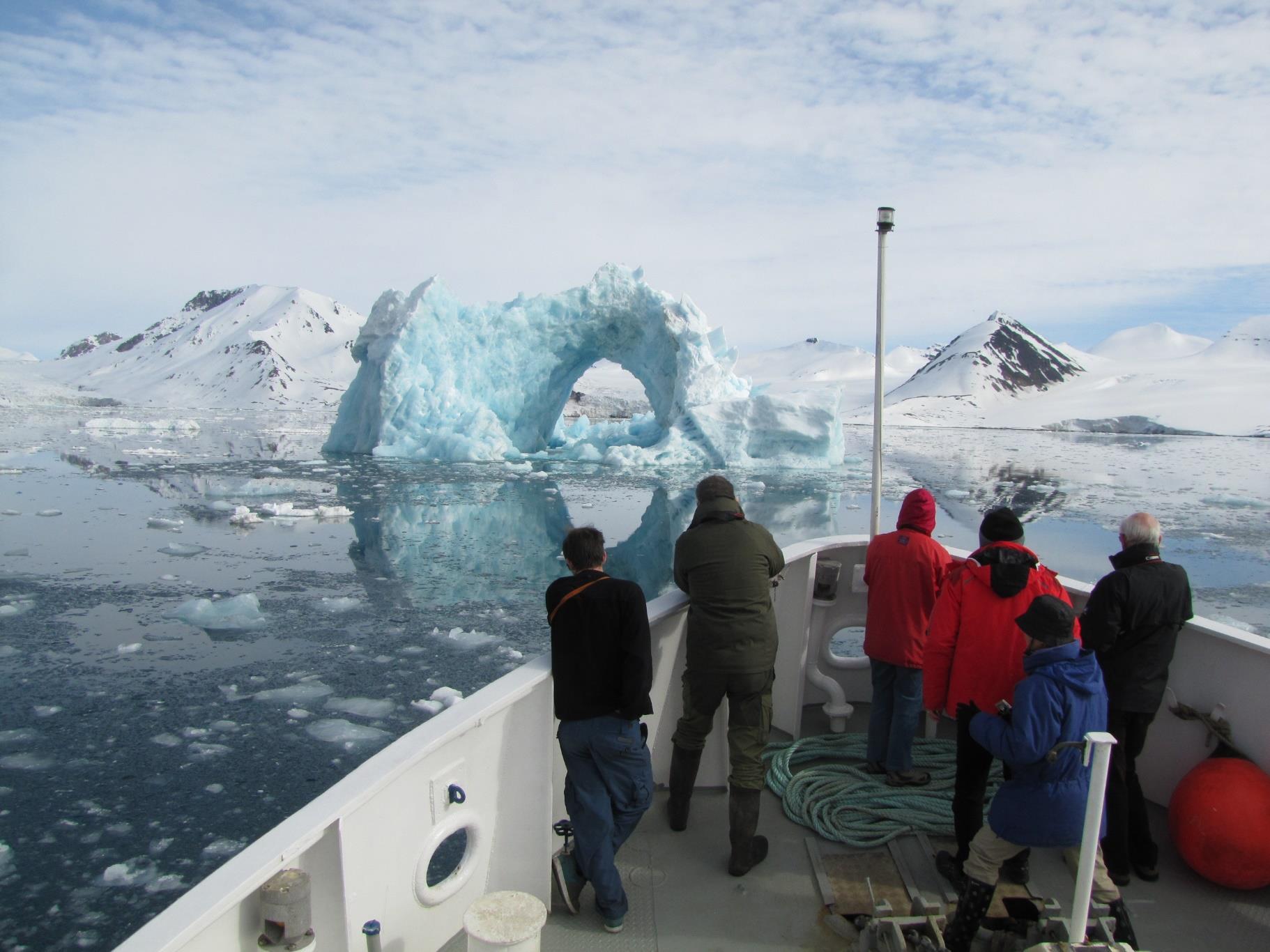
National and Regional Bodies
• Norwegian Coastal Administration (NCA): A national agency responsible for maritime safety, navigation, and preparedness for pollution control along the Norwegian coastline, including Arctic areas.
• Norwegian Maritime Authorities
• Governor of Svalbard (Sysselmesteren): The local administrative authority responsible for enforcing Norwegian sovereignty and laws in Svalbard. The Governor oversees law enforcement, environmental protection, search and rescue, and tourism regulation.
• Norwegian Polar Institute (NPI)/NP: A government agency for scientific research and environmental management in polar regions, particularly important for research cruises and Arctic expeditions.
• Greenlandic Maritime Authority: A department within the government of Greenland, overseeing maritime safety, search and rescue operations, and pollution control in Greenlandic waters.
• Government of Greenland (Naalakkersuisut): The home-rule government responsible for managing Greenland’s natural resources, tourism, and environmental protection in cooperation with Denmark.
• Joint Arctic Command: A key authority in the Danish Defense. Its main job is to protect Danish sovereignty by monitoring the waters around the Faroe Islands and Greenland and is responsible for the search and rescue there.
• Icelandic Coast Guard (ICG): Responsible for maritime safety, security, and search and rescue in Iceland’s Arctic waters. The ICG also monitors and enforces environmental regulations.
• Icelandic Transport Authority (ICETRA): The regulatory body for all transport sectors, including maritime safety in Iceland. It oversees ship registration and compliance with maritime conventions like SOLAS and MARPOL.
• Environmental Agency of Iceland: This agency handles environmental protection in Iceland, focusing on pollution prevention and the conservation of sensitive ecosystems, including Arctic areas.
• Transport Canada: The national department responsible for transportation policies, including Arctic shipping, vessel safety, and environmental protection in Canadian waters.
• Nunavut Impact Review Board (NIRB): Nunavut’s environmental assessment agency, with responsibilities for assessing the potential impacts of proposed projects before any required permits, licenses and approvals can be granted.
• Parks Canada: The federal agency managing national parks in Arctic Canada, including the regulation of cruise tourism and environmental conservation in areas like Auyuittuq National Park.
• Arctic Waters Pollution Prevention Act (AWPPA): A federal law in Canada that governs shipping activities in Arctic waters, focusing on pollution control and environmental protection.
• Canadian Hydrographic Service (CHS): A government agency responsible for providing navigational charts and hydrographic data in Canadian Arctic waters, ensuring safe navigation.
• Northern Canada Vessel Traffic Services Zone (NORDREG): A monitoring and advisory service for vessel traffic in Arctic waters, which helps manage and coordinate safe navigation, particularly through the Northwest Passage.
